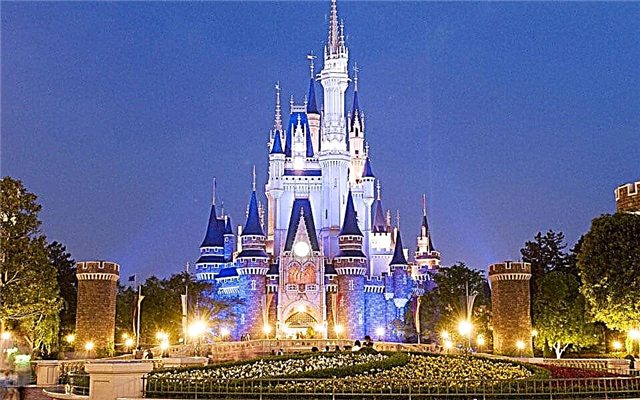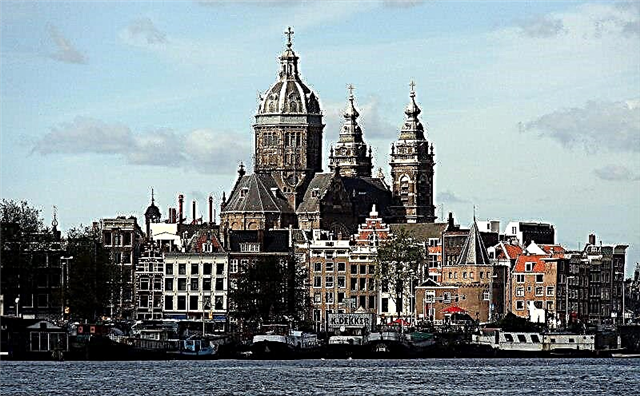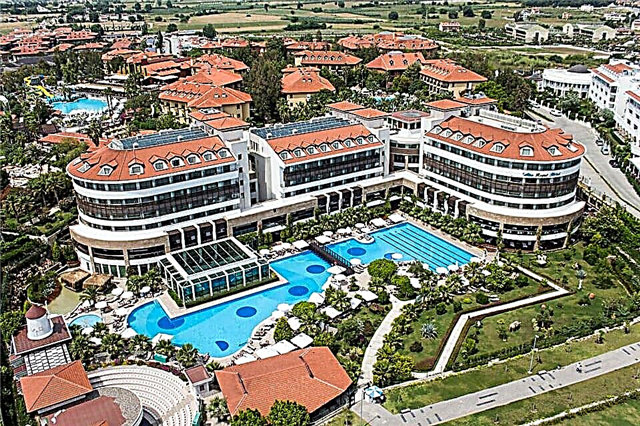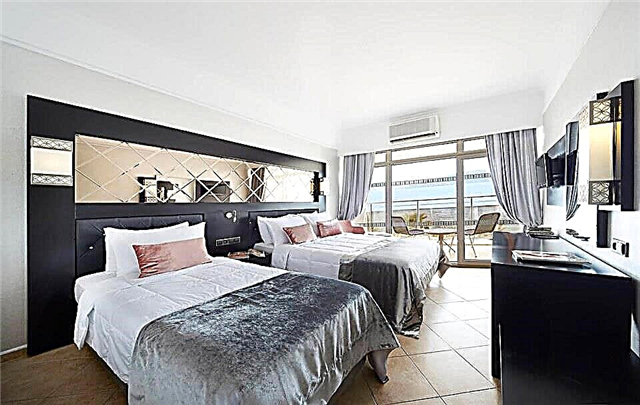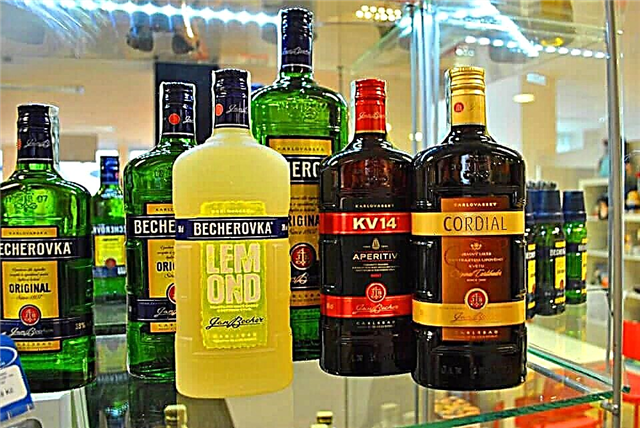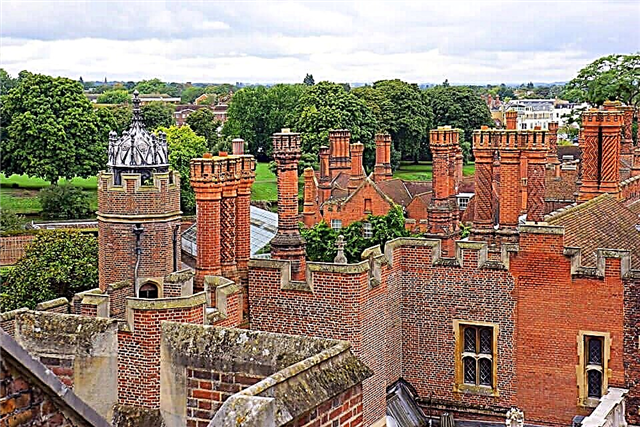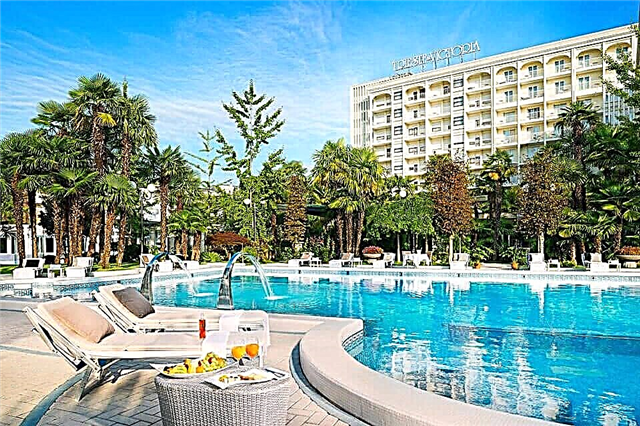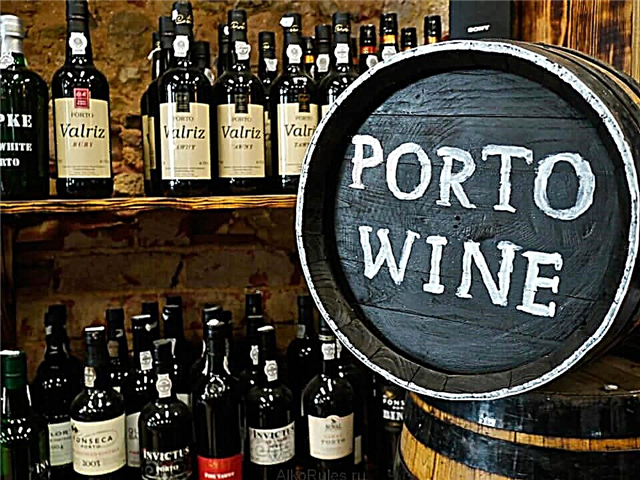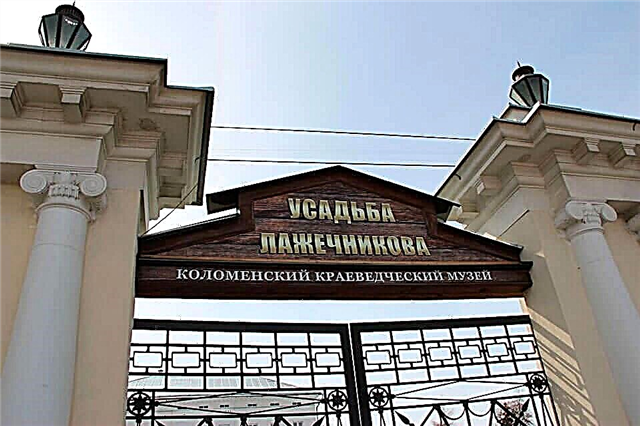The modest town of Kolomna near Moscow is, in fact, just a storehouse of attractions. It is gratifying that its inhabitants are so careful about the history of Russia. Therefore, in addition to the famous Kolomna Kremlin, you can visit interesting and unusual museums here.
If you come to the city for a short time, you will probably ask yourself the question - what to see in Kolomna in 1 day on your own? Surely you won't have enough energy and time for everything, but if you know what to look for, you can make an informed choice and visit the most interesting places for you.
Kolomna Kremlin and monument to Dmitry Donskoy

The main historical monument of Kolomna is the Kremlin. The area that it occupies is approximately 24 hectares, and the height of the walls exceeds 20 m. Of course, in the turbulent historical events experienced by our Motherland, the Kremlin has not been completely preserved. For example, to date, only 7 of the 16 towers have survived.
Initially, in the 16th century. there was a wooden kremlin on this place, but since it played a protective role, the walls of wood were replaced with stone, more durable ones. In the 17th century, when the Kremlin ceased to be a fortress, the inhabitants dismantled part of the stone structures for household needs. However, even today the historical and architectural complex makes a great impression.

Faceted, Yamskaya and Marinkina towers, the moat, the Assumption Brusensky Monastery, the Assumption Cathedral - all this literally breathes history. You can go to the Kremlin at any time of the day. Museum expositions are open from 10.30 am to 4.30 pm, every day of the week, except Monday. On Saturdays, there are two-hour walking tours, an adult ticket costs 400 r, for schoolchildren the fee is lower - 350 r, kids are free.
The monument to Dmitry Donskoy was opened in May 2007, its sculptor is Alexander Rukavishnikov. Since this is the first monument to the blessed prince in Russia, the question arises, why did it appear in Kolomna? It's simple. It was here that the Russian army gathered before the battle with the soldiers of the Golden Horde.
From here in 1380 our regiments went to the Kulikovo field. Dmitry Donskoy is depicted on horseback, fully armed for the battle for the Russian land.
Marshmallow museum

This museum is young - it opened in the early 2000s. However, marshmallow in the Kolomenskoye facade has been produced for 8 centuries, and now many old recipes have been restored, including according to archival data.
The location for the museum is excellent - the estate where the merchants of the Suranovs used to live.
Those who come here on an excursion will learn a lot of new and interesting things. The manor has recreated the atmosphere of the past centuries, tourists can sit down at the tea table and taste different varieties of pastilles, washed down with strong tea.
The museum offers several constantly updated excursion programs, and also invites you to theatrical performances, where you can watch scenes from the life of our great-grandmothers and great-grandfathers.
The museum is located on Posadskaya street, house 13 a, open daily from 10 am to 8 pm.
Museum "Kalachnaya"

Kolomensky kalach has long been famous in Russia for its incomparable taste. And today, not far from the Kolomna Kremlin, namely, near its Pyatnitskaya tower, the Kalachnaya Museum awaits its guests. And, of course, both residents of the city and its guests can buy here the very famous rolls of various sizes, right in the heat. If you do not know where the expression "to reach the pen" came from, then this is just from the roll. They did not eat their traditional "pen" themselves, but gave them to homeless vagrants or animals.
Enthusiasts have brought to life the Kolomensky Kalach project, which received a grant and was highly appreciated by museum specialists. It was not easy to restore the recipe for the old roll, but it was possible to do it. And today, in order to get to house number 14 on Zaitsev Street, sometimes you have to book a place in advance: too many tourists come here.
Two rooms are located under one sign "Kolomensky Kalach". One of them sells takeaway rolls. The other houses the Kalachnaya Museum. Those who come here on an excursion will see the whole process of making rolls. The oven where they are born is also made according to old drawings. It was from this museum that the restoration of the Kolomensky Posad began.
Contact zoo "Gorki"

This is a petting zoo, which makes children especially happy. Some animals can be stroked, fed, that is, directly communicate with them. And numerous inhabitants of the animal world live in the zoo. Ostriches and buffaloes, llamas and donkeys, deer and camels, goats and pygmy pigs, squirrels, peacocks, nutria and many other pets.
To get to the zoo, you need to come to the village of Gorki, which is located in the Kolomensky district. You can also buy pet food here. And in the zoo you will be offered to ride a horse, pony, and even a camel. If you have never traveled, but would like to learn, an experienced instructor will conduct the lesson with you.
Lazhechnikov's estate

Ivan Lazhechnikov "Ice House" - once these novels were read all over Russia. The Lazhechnikov estate is located in the city center. However, here you can learn not only a lot of interesting things about the writer himself, but also immerse yourself in the world of ancient Kolomna.
Look at things from past centuries, and even attend a silent film session. And here you will be treated to "branded" Kolomna delicacies - marshmallow and mead. The museum is located at: October Revolution Street, 192A-194. Open Wednesday to Sunday, 10.30 am to 4.30 pm.
Kuznechnaya Sloboda

This is a private museum, where the best examples of blacksmithing and folk crafts are exhibited. About 20 years ago, I.G. Lebedev is also a blacksmith. Today it has about 8 thousand exhibits.
Museum guests will see the conditions in which the blacksmiths worked, and how skillfully they did a variety of things. From weapons and armor to fishing gear and household items.
You can also admire the wooden products, and look at the tools that our ancestors used. And those who want to, under the guidance of an experienced blacksmith, will try to make a horseshoe themselves.
Collections of axes, anchors, ancient castles are of great interest. In a word, it is not in vain that a tour of the small museum lasts about 2 hours. The museum is located at 84 Civic Street.
Museum of Flax and Russian Woman's Life

It is not for nothing that even the name of the museum contains the word "woman". It was she, the keeper of the hearth, who weaved, cut, sewed. Having come to this museum, you will be able to trace the entire path - from the moment when the flax seeds were planted in the ground - to the moment when wonderful linen things came out from under the hands of the craftswoman: comfortable, practical, elegant.
The museum displays spindles and spinning wheels, looms, and numerous samples of clothing. In addition to excursions, master classes are held. Here you will be taught how to create souvenirs, various amulets and fabric dolls. There is a shop selling souvenirs, you can also take a photo in an old costume, in the interior of a Russian hut. The museum is located at st. Civil house 80.
Private Gallery "Museum of Favorite Toys"

Another museum that has grown on the basis of a private collection that Irina Kulikova began to collect. Irina herself can both create her own designer dolls and restore antique ones. In the museum you will see both old collectible toys and those that were released in Soviet times, including - look at the heroes of your favorite cartoons.
Children are especially delighted with the collection. The toys you like can be picked up and held.And if you want to make a doll or a cute little animal yourself, the hostess will gladly hold a master class. The museum is located at 11 Posadskaya Street.
Epiphany Staro-Golutvin Monastery

The monastery was founded in the 14th century. St. Sergius of Radonezh at the behest of Dmitry Donskoy. The first temple here was the Epiphany Cathedral, in the 15th century. a temple was built in honor of St. Sergius of Radonezh. From the 18th century. the abbots began to teach the rank of archimandrite.
The monastery experienced periods of prosperity, which alternated with periods of decline. During the years of Soviet power, the monastery was closed, the monks were exiled, and the monastery premises were given as a hostel. Only in 1993 the monastery was transferred to the Orthodox Church, and in 1994 its "second" opening took place. The address of the monastery: Golutvinskaya street, house 11.
Monument to Water Carrier

An unusually cute and touching monument. It was opened quite recently - in 2012, and its author is the blacksmith A. Yakushev. For several centuries, it was the water carriers that supplied water to Kolomna and sold it in buckets. Only at the beginning of the 20th century. a water supply system appeared in the city.
In gratitude to the humble workers, water carriers, a monument was erected - just in the place where they usually took water from the river. Next to the water carrier is a large barrel and a faithful dog. Those who came to look at the monument can put their money into the mug that is nearby. The collected funds go to charity.
Thus, in 1 day in Kolomna you can see a lot. It is only important to calculate the time and effort. The sights of the city have their own "zest". These are not impersonal, cold monuments of the past. No, they are really warm, touching and remain in the memory for a long time.
In Kolomna, GuruTurizma recommends the following hotels:

